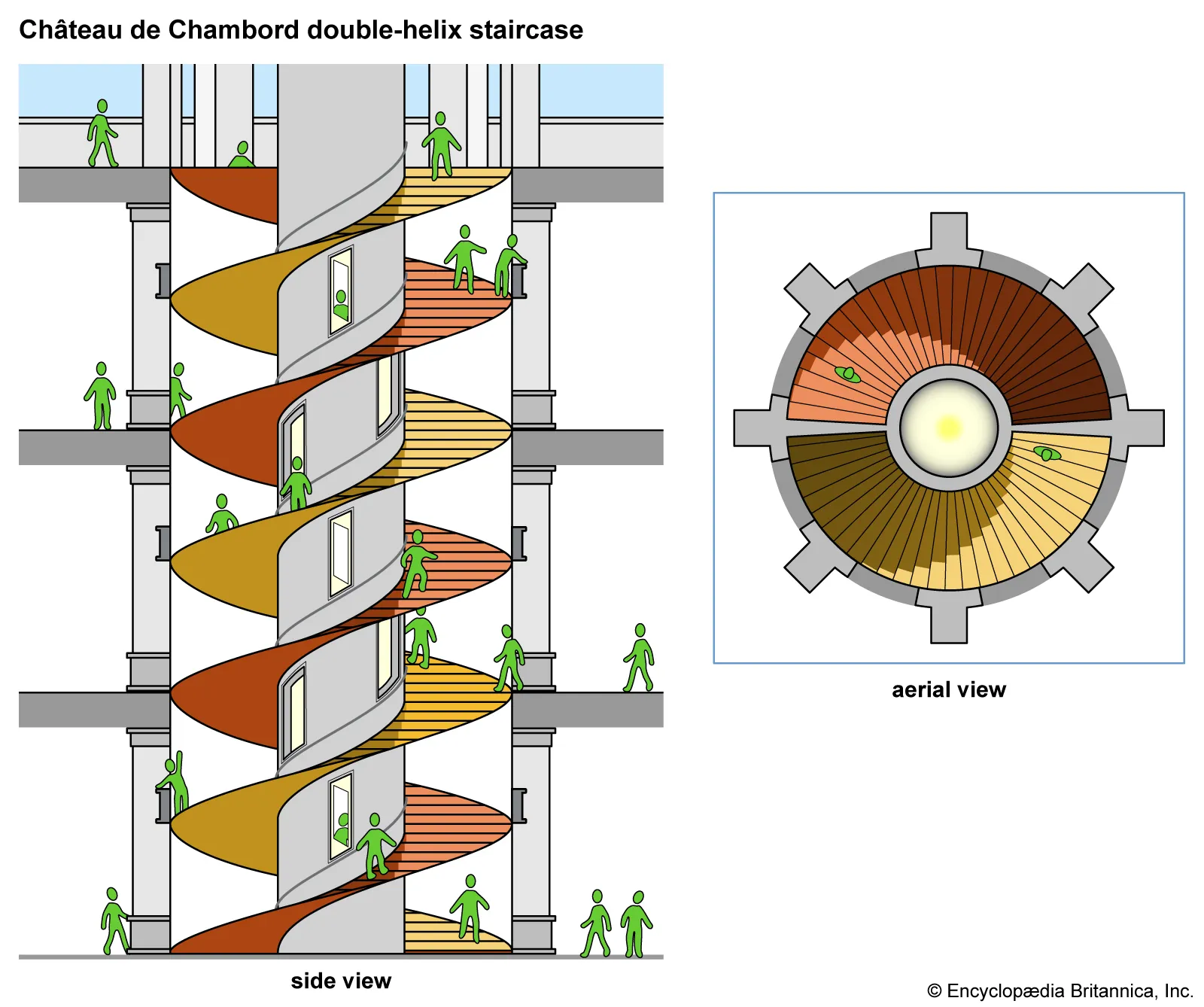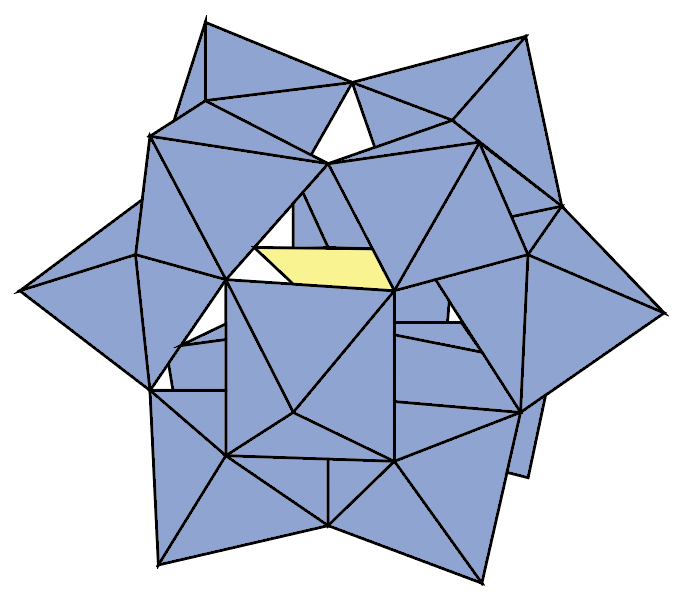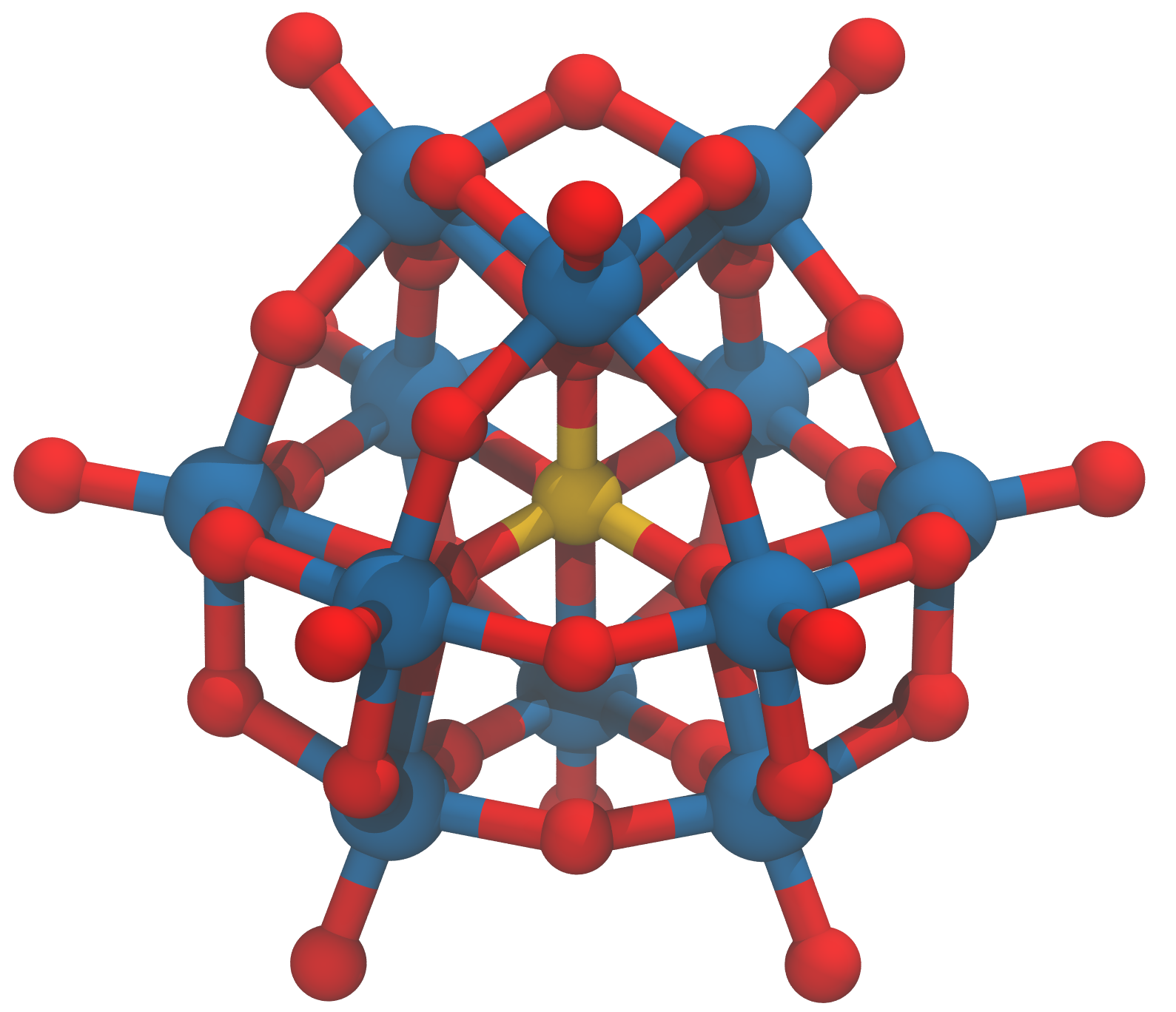A bit more about Emilie
Welcome to this blog post! I’d like to tell you a bit more about myself. I’m Emilie, and I just finished my PhD in electronics and material science.
I was born in the United States of America, but grew up in Belgium. On one of the flights from the US to Belgium, when I was little kid (about 4 years old), I turned around on my seat, and chatted with the people behind me the ENTIRE flight!! Good thing they were super nice and didn’t mind. They even gave me a nickname: “piplette”, which as you probably guessed, means “chatterbox” in French. As you can see, since pretty early on, I’ve always loved meeting new people and talking to them.
When I was a bit older, I visited the Château de Chambord and saw Leonardo da Vinci’s double staircase. After seeing all his other fascinating inventions, I decided I wanted to become an inventor too. A couple of years later, during a visit to the British Science Museum, I saw an exhibit on nanotechnology, and I was sold. I knew right then and there I wanted to study science as much as possible! That’s why finishing my PhD is like a dream come true: I’m a scientist now!

But before getting there, I had to first study Chemistry at the Université Libre de Bruxelles (in Belgium). There, I learned about all the different types of Chemistry: organic, analytical, physical, theoretical, … I enjoyed my time there so much, I wanted to stay at university to keep studying. But I missed travelling a bit, so I was super happy when I got accepted into the Advanced Spectroscopy in Chemistry internation masters program. I got the opportunity to study in France, Germany, and Poland. I learned more in depth about spectroscopy, which is very useful to characterize different materials. Check out this spectroscopy workshop material if you’d like to learn more!
That brings us to about now: I recently finished my PhD at the University of Southampton in the United Kingdom. During those 4 years, I studied how I could use new materials to make better electronic memories. I looked into using Polyoxometalates (or POMs for short) because they have very interesting properties. For example, they can store different number of electrons which can be the different states of the memory device. For more info about my research, check out my PhD Journey blog post.


I have a few ideas for the future, but I’m still figuring out what I want to do next. I think that becoming an outreach scientist would be great: I could make use of all my skills. I believe that the scientific and organizational skills I gained during my PhD combined with my experience in communication will help me create fun, engaging, and interesting educational content for various audiences. If you’d like to look through workshop ideas, please look through my other blog posts, or teaching section.
Enjoy Reading This Article?
Here are some more articles you might like to read next: